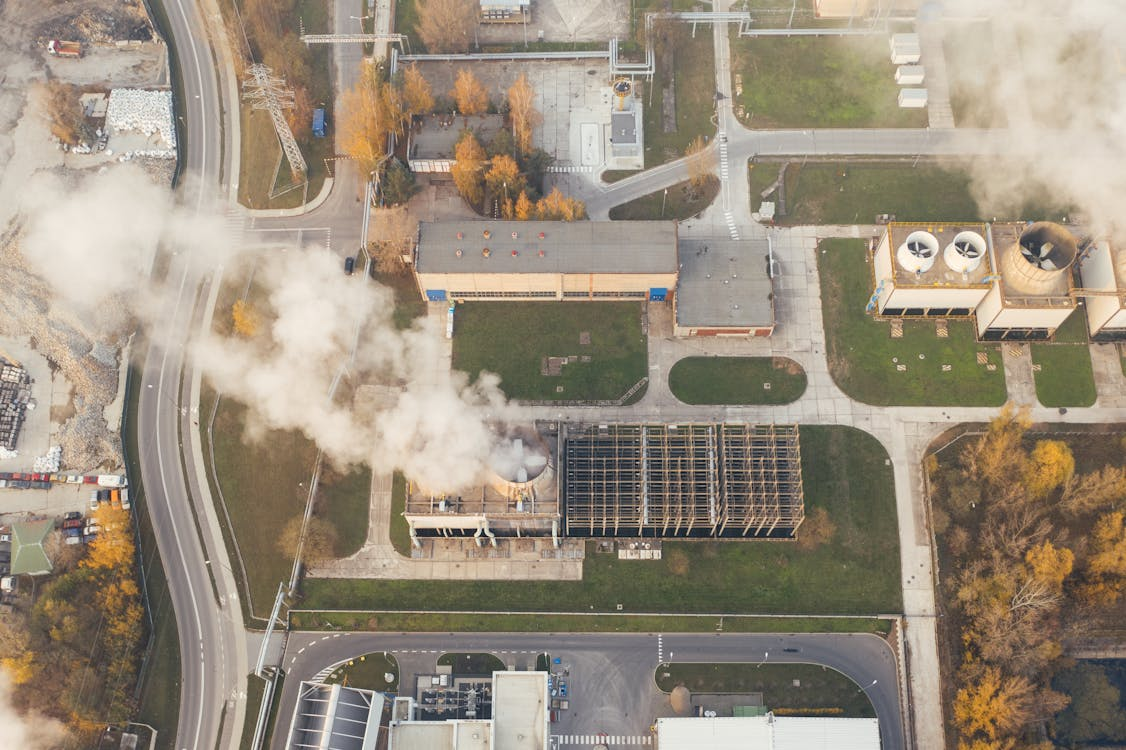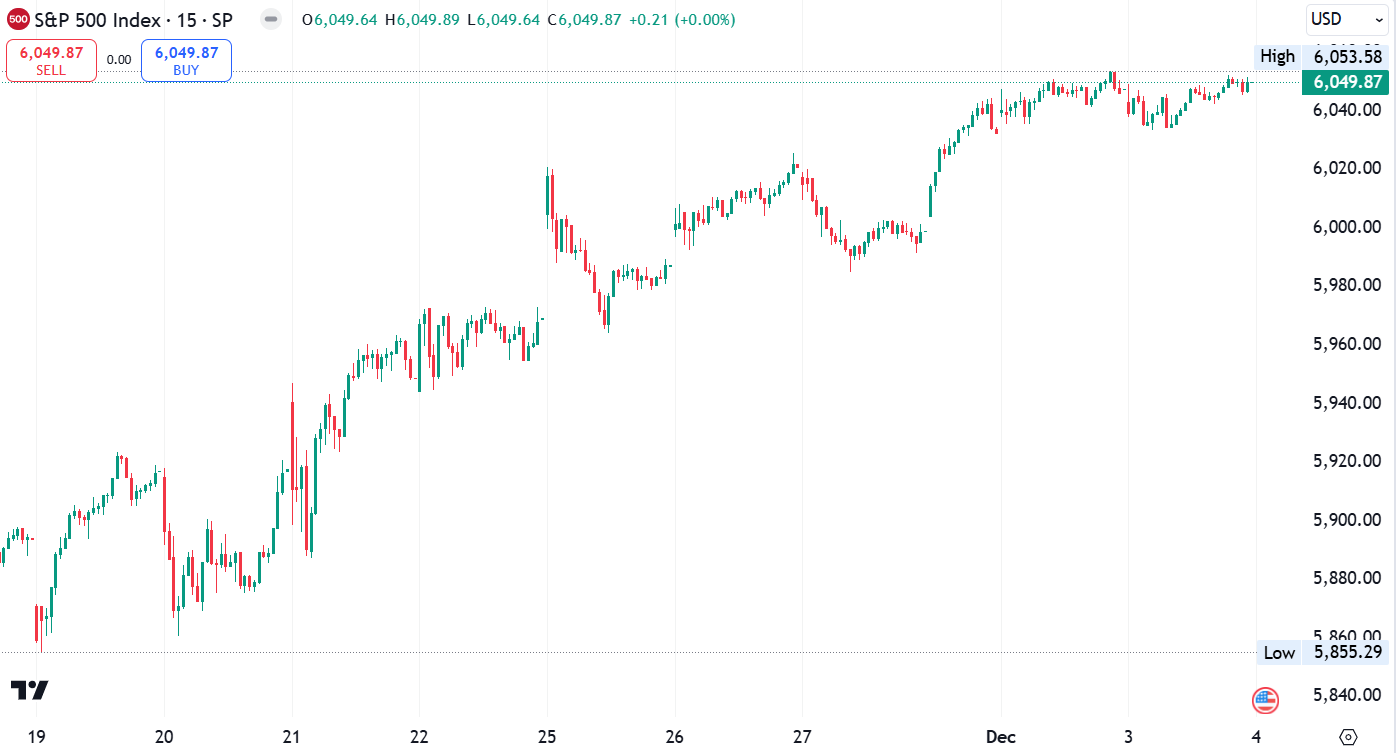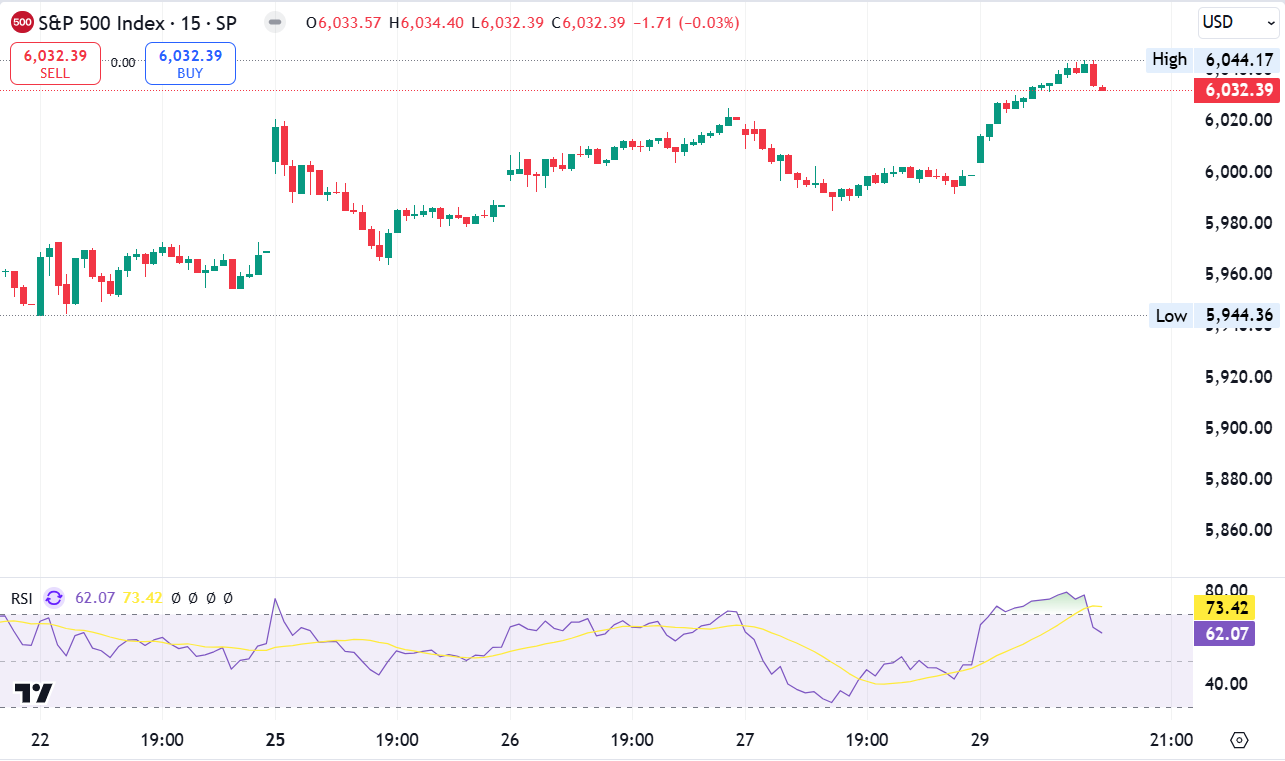
Air Direct Capture – Reducing CO2 from the Atmosphere
Air Direct Capture – Reducing CO2 from the Atmosphere
Air Direct Capture (ADC) is an innovative technology that has gained significant attention in recent years as a means of addressing the pressing issue of climate change. This process involves the direct extraction of carbon dioxide (CO2) from the ambient air, with the goal of reducing the concentration of greenhouse gases in the atmosphere. The development of ADC technology has been driven by the growing urgency to find effective solutions to mitigate the impact of human-induced climate change.
The concept of Air Direct Capture is not entirely new, as it has been studied and experimented with for several decades. However, in recent years, the technology has undergone significant advancements, driven by the increasing awareness of the need for innovative climate change mitigation strategies.
The foundations of ADC technology were laid in the 1930s when scientists began exploring the possibility of directly capturing CO2 from the atmosphere. These early experiments laid the groundwork for the development of more sophisticated techniques and technologies.
Significant progress has been made in the field over the past few decades. Researchers and engineers have developed more efficient and cost-effective methods of capturing and storing CO2, utilizing various techniques such as chemical absorption, physical adsorption, and membrane separation.
The growing urgency to address climate change has led to increased funding and collaborative efforts between governments, research institutions, and private companies to accelerate the development and deployment of ADC technology.
As the technology behind Air Direct Capture has evolved, it has found various applications across different industries and sectors. One of the primary applications of ADC is the sequestration of captured CO2, which can be stored underground or used in various industrial processes, such as the production of synthetic fuels or the enhancement of oil recovery. The captured CO2 can also be used in the production of building materials, such as concrete and cement, reducing the carbon footprint of the construction industry. ADC technology is also being used to produce carbon-neutral fuels, such as synthetic aviation fuel, by combining the captured CO2 with hydrogen derived from renewable energy sources. In addition, ADC technology is directly removing greenhouse gases from the atmosphere, contributing to the overall efforts to mitigate climate change.
Despite the promising advancements in Air Direct Capture technology, there are still significant challenges and limitations that must be addressed. These challenges include the energy-intensive nature of the ADC process, as the capture and separation of CO2 from the air require large amounts of energy, which impacts the overall sustainability and cost-effectiveness. The high capital and operational costs associated with ADC systems are also a barrier to widespread adoption. Scaling up ADC technology to meet the huge global demand for greenhouse gas removal also remains a significant challenge.
Notwithstanding the challenges, the future of Air Direct Capture technology looks promising. As research and development continue, and as the technology becomes more cost-effective and scalable, the potential for ADC to play a significant role in addressing climate change is expected to grow.
While planting trees is a common option for carbon removal, it has its drawbacks as trees can burn or be cut down, releasing the stored carbon. Leading the pack to operate Air Direct Capture plants is ‘Climeworks’ which has opened the world’s largest operational direct air capture plant to suck carbon dioxide out of the atmosphere; the facility, known as Orca in Iceland harnesses the country’s geothermal power and is almost ten times larger than the next biggest plant. The plant is due to be fully operational by the end of 2024
The Orca plant offers an alternative solution, using chemical filters to capture CO2 from the air, which is then converted into rock by being pumped into volcanic basalts. The trials have shown that this process can sequester CO2 in solid rock within two years. One issue with this method is its limited capacity, as the Orca plant can only capture 4,000 tonnes of CO2 per year out of the 35bn tonnes produced by fossil fuels globally. However, the company is confident that it can eventually reach millions of tonnes of captured CO2.
The process cost is high, estimated at $600-800 per tonne, although the company says it aims to reduce costs to $400-600 per ton by 2030 and $200-350 per ton by 2040. Despite its high cost, there seems to be no shortage of customers looking to offset their carbon footprint. Swiss Re has signed a 10-year contract worth $10 million. Other clients include Microsoft, JPMorgan Chase, Stripe, and Lufthansa.
In Conclusion, the amount of CO2 sequestered is tiny compared to the amount produced. As technology advances, costs are reduced, and more plants come online, it is hoped that ADC can play an important role in the fight against climate change.
`);
} else {
$(‘.blur’).css({
‘background’: ‘linear-gradient(95deg, #4e4e4e 25%, #000 45%, #bbb 75%, #FFFFFF 100%) 98%/200% 100%’,
‘text-transform’: ‘inherit’,
‘-webkit-background-clip’: ‘text’,
‘background-clip’: ‘text’,
‘-webkit-text-fill-color’: ‘transparent’
})
$(“.wpb_content_element”).append(`
Want to read more?
Click on the button below to access all premium content
articles by purchasing one of our educational packages
Want to read more?
Click on the button below to access all premium content
articles by purchasing one of our educational packages
The post Air Direct Capture – Reducing CO2 from the Atmosphere appeared first on FinanceBrokerage.



